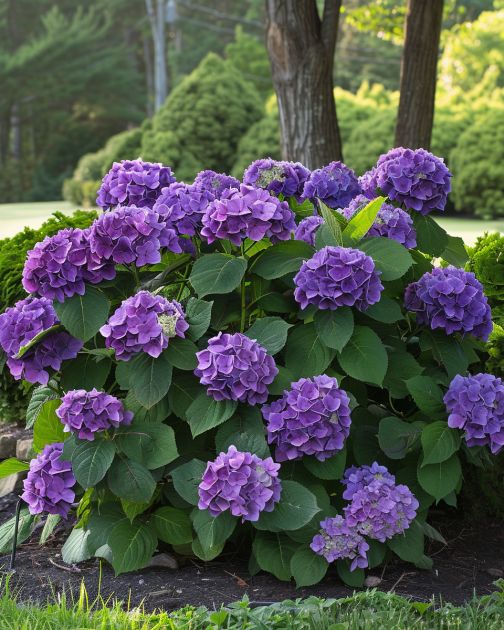ADVERTISEMENT

ADVERTISEMENT
Aiming for fuller hydrangeas? Try this gardener’s trick for ensuring blooms for years to come
1. Test your soil’s pH level: Hydrangeas thrive in acidic to neutral soil. Testing your soil’s pH is crucial as it directly influences nutrient availability. For most hydrangea varieties, a pH between 5.2 and 5.5 is ideal.
2. Adjust the soil pH, if necessary:
If your soil tests outside the optimal pH range, consider amending it. To lower pH, elemental sulfur or aluminum sulfate can be effective. For increasing pH, garden lime works well.
3. Enhance aluminum uptake:
Aluminum is key for the vibrant blue color in certain hydrangeas, like the bigleaf variety. If your soil is naturally low in aluminum, or the pH is too high for aluminum absorption, incorporate aluminum sulfate into the soil to encourage richer, blue-toned blooms.
Elevating Your Watering and Fertilization Techniques:
4. Regular watering schedule:
Maintain consistent moisture levels in the soil, especially during dry periods. Hydrangeas require considerable water, but avoid waterlogging which can lead to root rot.
5. Use a well-balanced fertilizer: Select a fertilizer that is high in phosphorus to promote vigorous blooms rather than excessive foliage. Apply in early spring, just as the plants start actively growing, and again before mid-summer to encourage continued blooming.
ADVERTISEMENT
